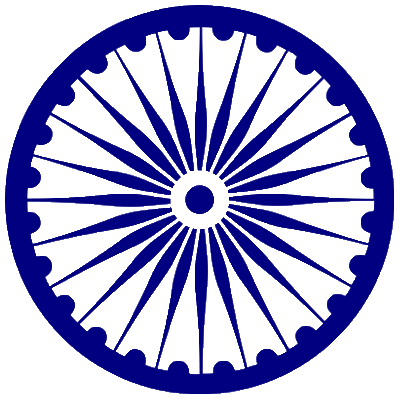mat4 wrld;
wrld.Translate(object->pos);
wrld = object->ROTATION_MAT * wrld;
mat4 MVP = (wrld * VIEW_MATRIX) * PROJECTION_MATRIX;
before using that you go through all vertices and add them together then divide that by objects vertice amount
you have your objects center point
go again through all verts and subtract them by center point ( v = v - center_point ); now you can do anything with your object you can translate or rotate vertices
by using mat4 'implementation':P ah and you need to know how to multiple matrices. ;]
[spoiler]
vec3 operator*(const vec4 p) const
{
vec4 vertexPos;
vertexPos.x = p.x;
vertexPos.y = p.y;
vertexPos.z = p.z;
vertexPos.w = p.w;
vec3 vertexClip;
vec4 matrow;
matrow.x = m[0]; matrow.y = m[1]; matrow.z = m[2]; matrow.w = m[3];
vertexClip.x = dp4(matrow, vertexPos);
matrow.x = m[4]; matrow.y = m[5]; matrow.z = m[6]; matrow.w = m[7];
vertexClip.y = dp4(matrow, vertexPos);
matrow.x = m[8]; matrow.y = m[9]; matrow.z = m[10]; matrow.w = m[11];
vertexClip.z = dp4(matrow, vertexPos);
return vertexClip;
}
Matrix44<T> operator *(Matrix44<T> mat)
{
return Matrix44<T>(
(m[0]*mat.m[0])+(m[4]*mat.m[1])+(m[8]*mat.m[2])+(m[12]*mat.m[3]),
(m[1]*mat.m[0])+(m[5]*mat.m[1])+(m[9]*mat.m[2])+(m[13]*mat.m[3]),
(m[2]*mat.m[0])+(m[6]*mat.m[1])+(m[10]*mat.m[2])+(m[14]*mat.m[3]),
(m[3]*mat.m[0])+(m[7]*mat.m[1])+(m[11]*mat.m[2])+(m[15]*mat.m[3]),
(m[0]*mat.m[4])+(m[4]*mat.m[5])+(m[8]*mat.m[6])+(m[12]*mat.m[7]),
(m[1]*mat.m[4])+(m[5]*mat.m[5])+(m[9]*mat.m[6])+(m[13]*mat.m[7]),
(m[2]*mat.m[4])+(m[6]*mat.m[5])+(m[10]*mat.m[6])+(m[14]*mat.m[7]),
(m[3]*mat.m[4])+(m[7]*mat.m[5])+(m[11]*mat.m[6])+(m[15]*mat.m[7]),
(m[0]*mat.m[8])+(m[4]*mat.m[9])+(m[8]*mat.m[10])+(m[12]*mat.m[11]),
(m[1]*mat.m[8])+(m[5]*mat.m[9])+(m[9]*mat.m[10])+(m[13]*mat.m[11]),
(m[2]*mat.m[8])+(m[6]*mat.m[9])+(m[10]*mat.m[10])+(m[14]*mat.m[11]),
(m[3]*mat.m[8])+(m[7]*mat.m[9])+(m[11]*mat.m[10])+(m[15]*mat.m[11]),
(m[0]*mat.m[12])+(m[4]*mat.m[13])+(m[8]*mat.m[14])+(m[12]*mat.m[15]),
(m[1]*mat.m[12])+(m[5]*mat.m[13])+(m[9]*mat.m[14])+(m[13]*mat.m[15]),
(m[2]*mat.m[12])+(m[6]*mat.m[13])+(m[10]*mat.m[14])+(m[14]*mat.m[15]),
(m[3]*mat.m[12])+(m[7]*mat.m[13])+(m[11]*mat.m[14])+(m[15]*mat.m[15]));
}
template <class type> type dp4(t4dpoint<type> vVector1, t4dpoint<type> vVector2)
{
return ( (vVector1.x * vVector2.x) + (vVector1.y * vVector2.y) + (vVector1.z * vVector2.z) + (vVector1.w * vVector2.w) );
}
[/spoiler]
apply that to graphics buffer, this is your actual model, i suggest you decrease Object.increaseRotation(0,0,1f); to something like Object.increaseRotation(0,0,0.01f); but i dont know your game loop







